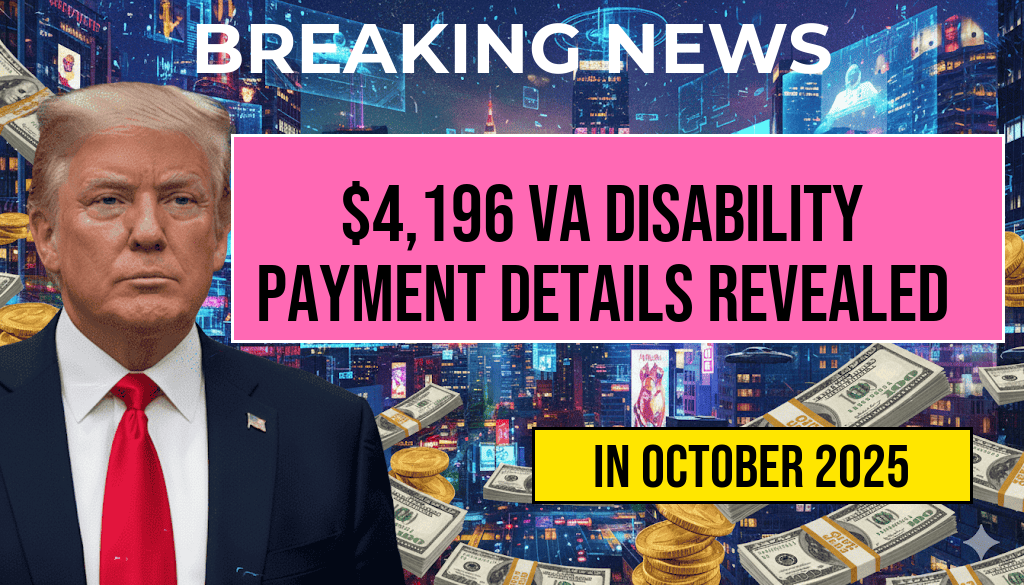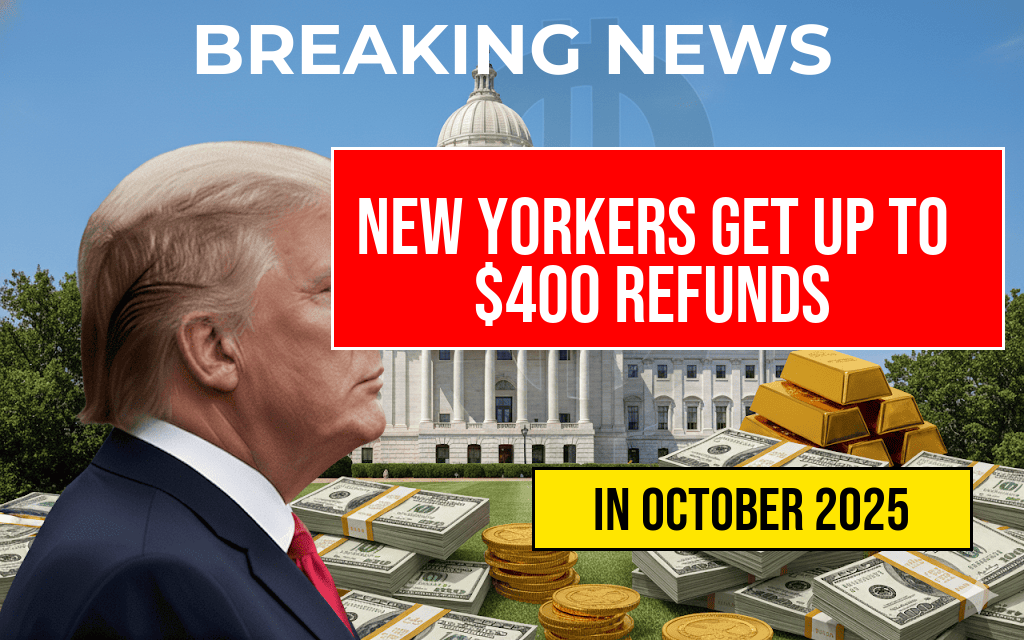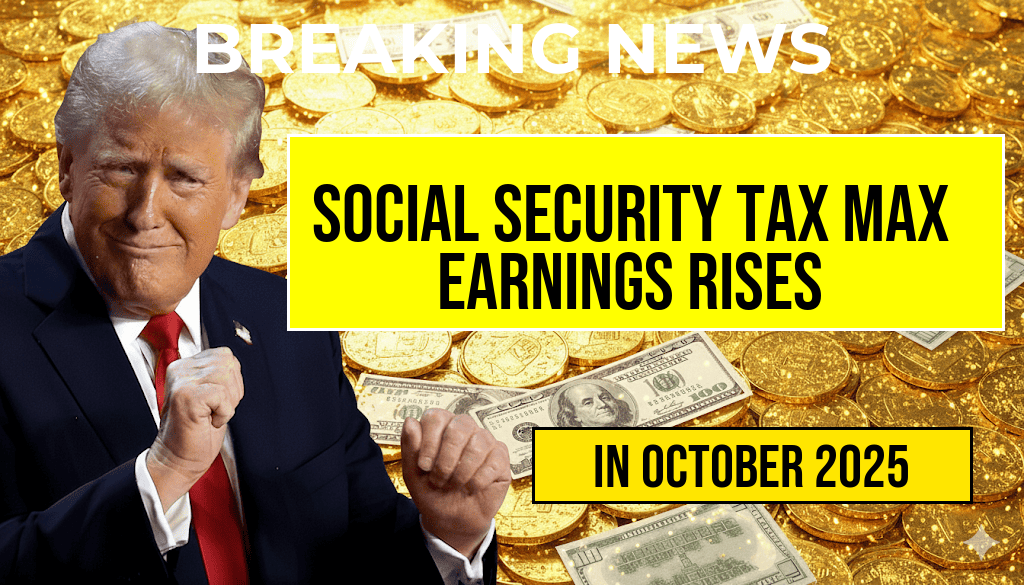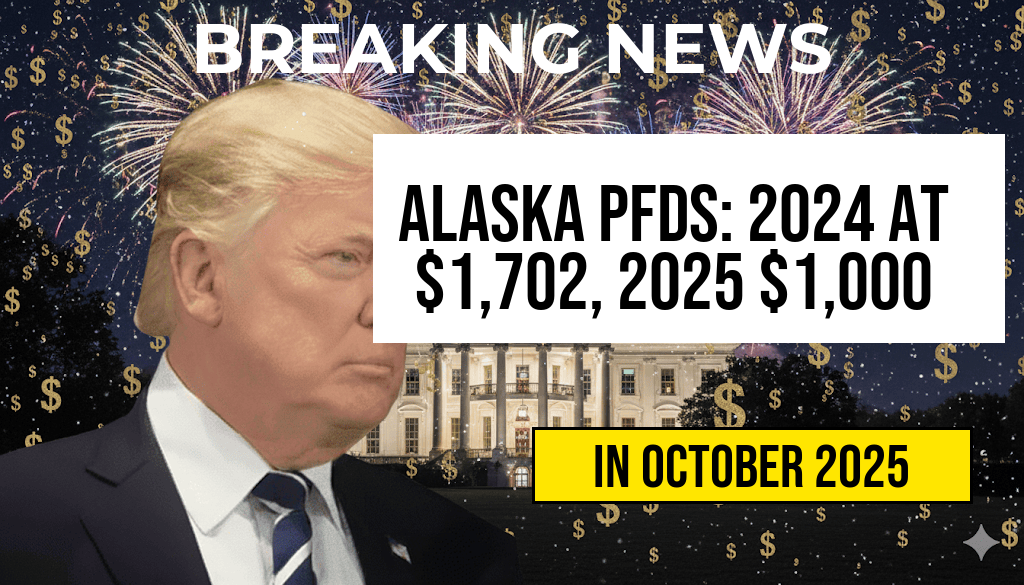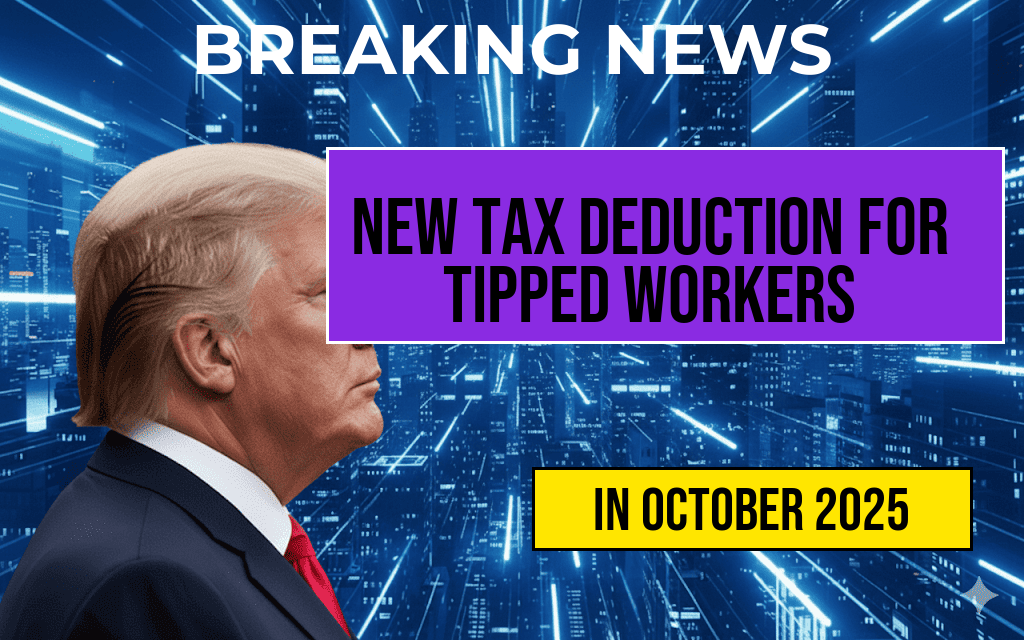Former President Donald Trump has announced his support for allowing high-risk cryptocurrencies to be included in workers’ 401(k) retirement plans. This proposal, which aims to expand investment options for retirement savers, has sparked a debate among financial experts and policymakers about the potential risks and benefits of integrating volatile digital assets into traditional retirement accounts. Advocates argue that the inclusion of cryptocurrencies could enhance returns for investors, particularly younger workers open to taking on greater risk. However, critics caution that the unpredictable nature of these assets may expose retirement savings to significant losses, emphasizing the need for careful regulation and informed decision-making.
The Proposal Explained
Trump’s endorsement comes at a time when interest in cryptocurrencies is soaring, particularly among younger generations. The former president believes that allowing 401(k) plans to invest in high-risk digital currencies could lead to greater financial autonomy for workers and potentially higher long-term gains.
Potential Advantages
- Diversification: Including cryptocurrencies in retirement plans could provide investors with a broader range of asset classes, potentially balancing risks and rewards.
- Higher Returns: Advocates argue that, despite the volatility, cryptocurrencies have historically outperformed many traditional investments, especially over the long term.
- Engaging Younger Investors: By offering modern investment options, retirement plans could attract younger workers who are more comfortable with digital currencies.
Concerns and Risks
- Market Volatility: Cryptocurrencies are known for their price swings, which could jeopardize the stability of retirement savings.
- Lack of Regulation: The cryptocurrency market is less regulated compared to traditional financial markets, raising concerns about investor protection.
- Complexity: Many workers may not fully understand the intricacies of cryptocurrency investments, leading to uninformed decisions.
Expert Opinions
Financial experts have weighed in on the proposal, offering a range of perspectives. Some argue that the potential for high returns justifies the risks associated with cryptocurrency investments. Others emphasize the importance of safeguarding retirement savings and recommend caution.
Support from Financial Advisors
Some financial advisors support the idea of including cryptocurrencies in retirement plans, citing the potential for diversification. Forbes reports that a growing number of financial institutions are exploring options for incorporating digital assets into retirement offerings, suggesting a shift in the investment landscape.
Opposition from Regulators
On the flip side, regulators have expressed concerns about the impact of such a move on retirement security. The Department of Labor has previously issued guidance discouraging the inclusion of cryptocurrencies in 401(k) plans due to their volatility. Experts warn that without proper regulations, workers could face significant financial risks.
Current Landscape of Cryptocurrency in Retirement Plans
As of now, few retirement plans allow investments in cryptocurrencies directly. Some companies have begun to offer cryptocurrency-focused investment options, but these are generally limited to self-directed accounts. The debate around Trump’s proposal could influence future regulations and the acceptance of digital assets in retirement savings.
| Investment Type | Risk Level | Potential Returns | Regulation |
|---|---|---|---|
| Traditional Stocks | Moderate | 8-10% annually | Highly regulated |
| Bonds | Low | 3-5% annually | Highly regulated |
| Cryptocurrencies | High | Variable (potentially >100% annually) | Minimally regulated |
Looking Ahead
The future of Trump’s proposal remains uncertain as discussions continue among lawmakers, financial advisors, and the public. The potential inclusion of high-risk cryptocurrencies in 401(k) plans could mark a significant shift in retirement investment strategies, reflecting the evolving nature of the financial landscape. As the dialogue progresses, stakeholders will need to consider both the opportunities and challenges presented by this innovative approach to retirement savings.
For further reading on the regulatory landscape of cryptocurrencies, visit Wikipedia.
Frequently Asked Questions
What is the main proposal made by Trump regarding 401(k) retirement plans?
Trump advocates for allowing high-risk cryptocurrencies to be included in workers’ 401(k) retirement plans.
Why does Trump support the inclusion of cryptocurrencies in retirement plans?
Trump believes that allowing high-risk cryptocurrencies in 401(k) plans can provide workers with more investment choices and potentially higher returns.
What are the potential risks associated with investing in cryptocurrencies?
Investing in cryptocurrencies can be highly volatile, with significant potential for loss. This is why they are considered high-risk investments.
How could this proposal impact workers’ financial futures?
By including high-risk cryptocurrencies in 401(k) retirement plans, workers may have the opportunity for greater returns, but they also face the risk of substantial losses.
What is the current stance of financial regulators on cryptocurrencies in retirement plans?
Financial regulators have expressed concerns about the risks of cryptocurrencies and have yet to endorse their inclusion in 401(k) plans, citing the need for investor protection.

